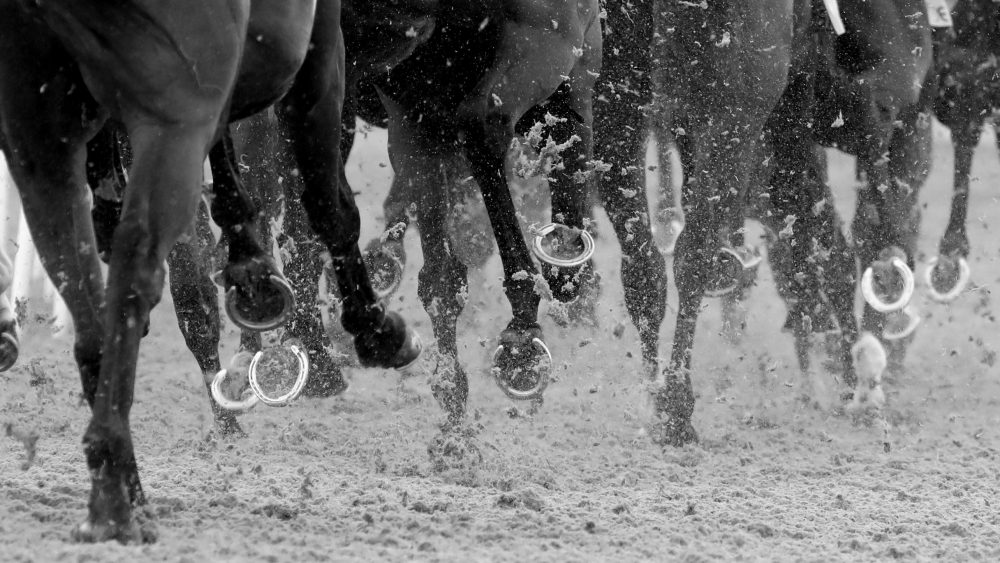Handicapper’s blog: Flat rating qualification changes

With the Flat turf season about to begin, Handicappers’ Team Leader, Graeme Smith, expands on the announcement from earlier this month about changes to the rules around qualification for a handicap mark for Flat races.
Previous handicap qualification criteria required that horses became eligible for a rating either after three runs, or after their second start if a winner on debut. But for races from 1 April 2023, a third dimension will be added on a 12-month trial basis, following approval by the industry’s Racing Group.

Graeme Smith
Handicap Team Leader
This will allow for horses beaten on their first start but winning their second race to be allotted a rating, providing this is at a level of 77 or lower. That rating will enable the horse to run in a Class 5 or 6 handicap or classified race on its third start, but not at Class 4 level or above.
The first tranche of horses that have fulfilled these criteria have had a rating allotted and published today (23 March) on the Announcements section of Racing Admin.
This change follows a proposal from the National Trainers Federation (NTF), which felt that there were horses that were able to win their second start but weren’t good enough to compete in another novice under a penalty, and therefore that third novice run wasn’t desirable.
From 1 April, those horses will be able to enter the handicap system at an earlier stage; the justification being that they have already shown their hand to a degree in winning.
However, as they will be handicapped on less evidence than most, it was felt important to provide this opportunity only for those horses that trainers feel really need the help, and to limit their participation to lower grade races.
Following statistical analysis, a rating ceiling of 77 was agreed as a natural fit, as that is the highest rating from which a horse can enter a Class 5 handicap.
When handicapping lightly raced horses, handicapping decisions are taken on relatively limited evidence. Good handicapping practice requires those decisions to be revisited as subsequent evidence emerges, i.e. horses from those races run again.
For this reason, it is envisaged that some horses that qualify initially via this new route may become ineligible for handicaps if their form proves stronger than first rated and their mark rises above the 77 ceiling. There will also be cases that work in reverse. These amendments will be made within the usual weekly timeframe and ratings updated on Tuesday morning.
We are, as ever, grateful to owners and trainers for their patience, support and understanding while these processes are followed.
